How to Invest in Private Equity with an SDIRA

Estimated reading time: 8 minutes
What do Uber, Airbnb, and Dropbox all have in common? They’re all businesses that started their journey with a little help from private investors. What if you had the power to invest in companies like these in their earliest days? What if you could do so in a manner that was not only tax-advantaged but also helped you prepare for retirement?
With a self-directed IRA (SDIRA), all of this is possible. Utilizing your self-directed IRA funds amplifies your investing power by unlocking access to your existing retirement funds. You can invest in any asset the IRS allows, including private equity (PE) opportunities.
By investing in PE, you may acquire substantial equity in emerging technology firms. Budding innovations like artificial intelligence, cryptocurrency, and biotechnology hold transformative potential. If you conduct thorough due diligence, you could secure significant returns for your portfolio while substantially reducing your tax liability.
_______________
KEY TAKEAWAYS
Private equity investments offer unique advantages, including portfolio diversification, local and mission-driven opportunities, and high growth potential.
However, PE investment also brings risks, such as illiquidity and longer investment horizons. Conducting due diligence can help to mitigate these risks and align your objectives with the private equity investment vehicle's lock-up period.
Various investment options are available within the private equity space, including limited liability companies (LLCs), limited partnerships (LPs), startups, and small businesses. Each option offers distinct opportunities for investment and growth.
Some offerings only allow investment from accredited investors, which may include industry expertise or meeting financial thresholds. However, the rise of online crowdfunding platforms has made private equity investing more accessible and efficient for a broader range of investors.
_______________
Table of Contents
- What is Private Equity?
- Private Equity IRA Investment Options
- The Advantages of Private Equity Investments
- What are the Downsides of Private Equity?
- Who Can Invest in Private Equity?
- 5 Steps to Investing in Private Equity with an SDIRA
- Explore the Potential of Private Companies with Entrust
What is Private Equity?
Private equity (PE) refers to investments in privately held entities such as companies or small businesses not (yet) listed on a public exchange.
Access to PE was once restricted to accredited investors and wealthy individuals only. Now, thanks to relaxed regulations, the rise of crowdfunding platforms, and the viability of alternative investments, this potentially lucrative asset class has become accessible to individual investors.
Private Equity IRA Investment Options
Here are some common investment vehicles and opportunities within the private equity space:
- Limited Liability Companies (LLCs): These business structures combine elements of corporations and partnerships. Investing in LLCs allows you to become a partial owner without assuming personal liability for the company's debts.
- Limited Partnerships (LPs): LPs involve two or more partners, where their liability for the partnership's debts is limited to the amount they invest. This structure is often used in private equity funds.
- C-Corporations: C corporations are separate legal entities taxed separately from their owners. Investing in C corporations provides an opportunity to support established companies and participate in their growth.
- Private Placements: Private placements involve the sale of shares or bonds to selected investors, bypassing public markets. This allows for more customized investment opportunities and potential access to exclusive deals.
- Private Hedge Funds: Private hedge funds pool money from investors to pursue alternative investment strategies. Investing in private hedge funds offers exposure to specialized investment approaches and potentially higher returns.
- Real Estate Investment Trusts (REITs): REITs own or finance income-producing real estate properties. While some REITs are publicly traded, there are also opportunities to invest in privately raised capital for real estate projects.
- Startups: Investing in startups provides the chance to support early-stage companies with high growth potential. By investing in promising startups, you can contribute to their development and potentially access lucrative growth if the startup finds success.
- Small Businesses: Investing in small businesses offers an opportunity to support local entrepreneurs and contribute to the growth of the economy. Small businesses often seek investment to scale their operations and expand their market presence.
Private equity investments can be rewarding but also come with risks. It's important to conduct thorough due diligence, assess the investment's potential, and consult with financial advisors before making investment decisions in the private equity space.
The Advantages of Private Equity Investments
Private equity offers unique advantages that make it an attractive investment option for many investors. Here are some reasons why investing in private equity can be beneficial:
1. Early-stage Opportunities
Private equity allows investors to get in on the ground floor of promising companies and projects. By investing early, you have the opportunity to participate in the growth and success of innovative businesses and industries. If you attain high equity, capital appreciation could prove quite lucrative. These gains become even more astonishing when paired with the tax benefits of an IRA.
Famously, Silicon Valley entrepreneur Peter Thiel contributed $2000 to a Roth IRA in 1999. Today, the account is worth over $5 billion. In a taxable account, Thiel would have to pay about $1 billion in capital gains tax upon distribution. If he waits to withdraw until he’s 59 ½, he may not have to pay a dime. That’s the power of private stock held in tax-advantaged accounts.
2. Access to Local and Mission-Driven Investments
Many investors find the use of their 401(k) retirement savings uninspiring, held in conservative, faceless funds. They want to not only secure their financial future but also make an impact on their town. By investing in PE through a self-directed IRA, you can invest in local businesses to improve your community and build wealth at the same.
You can mobilize your existing retirement funds to invest in nearby startups and enterprises that contribute to the growth and development of your neighborhood. By supporting local initiatives, you not only have the potential for financial returns but also the satisfaction of playing an active role in the economic landscape of your region.
Moreover, private equity investments with an SDIRA allow you to explore mission-driven opportunities. These are investments in companies that have a strong social or environmental focus. Whether it's renewable energy, sustainable agriculture, healthcare, or education, you can choose to support businesses that align with your values and have a positive impact on society.
3. Portfolio Diversification
Private equity investments operate independently from the public market, providing potential insulation from market fluctuations. This can help diversify your investment portfolio and reduce correlation with traditional asset classes.
This is also true of many alternative assets, such as real estate and precious metals.
What are the Downsides of Private Equity?
No investment is without its downsides, and private equity is no exception. Here are a couple of the key considerations you should have in mind before investing in PE:
1. Illiquidity and Longer Investment Horizons
Unlike publicly traded stocks that can be bought or sold on a daily basis, private equity investments typically have longer holding periods. You may not be able to exit for many years, so these investments require patience.
It's crucial to align your investment objectives and time horizon with the lock-up period of the private equity fund or investment vehicle you choose. You may have limited access to your invested capital until the investment matures or an exit opportunity arises.
2. Higher Risk
Private equity is often seen as a high-risk, high-reward investment.
Unlike more established companies, there is a relatively small chance that a budding startup or small business will experience growth. Breakdown is quite common among these companies — about 90% completely fail, with many dissolving within the first year.
Of course, startups are one of the higher-risk options available with PE, though the overall trend is clear. Only a handful of PE investments make significant returns. An even smaller percentage eventually establish themselves as true market heavyweights.
Yet, many of the most intelligent and respected venture capital investors funnel over $200 billion into PE each year. Why?
The answer lies in expected returns.
Imagine spreading $1,000,000 across ten different PE investments. Seven die off within the first few years, and $700,000 evaporates. Two of the firms manage to steady the ship, though they only return modest gains.
The final investment delivers a truly innovative product and reshapes the market in the process. In this case, you won’t just make back your initial investment. You may reap returns of 10x, 100x, or even more, allowing you to totally forget about the seven failures.
This is the definition of expected returns. A high failure rate can be justified by the immense gains that come with a single win.
Who Can Invest in Private Equity?
Though access to PE has been greatly democratized in recent years, some companies do still restrict their offerings to accredited investors.
In 1982, the SEC introduced the concept of an accredited investor to determine eligibility for participation in private offerings. Initially, the definition included institutions and high-net-worth individuals. The purpose was to ensure that only investors with sufficient resources and financial sophistication could participate in riskier investment opportunities.
Over time, the SEC expanded the definition of accredited investors to include factors beyond wealth. This includes professional certifications and expertise, allowing more individuals to qualify as accredited investors.
While it is possible to be an accredited investor without a high net worth, here are some financial criteria to qualify as an accredited investor:
- A net worth of a least $1 million, not including equity in your primary residence
- Income exceeding $200,000 in each of the two most recent years; or
- Joint income with a spouse exceeding $300,000 for those years, and a reasonable expectation for the same income level in the current year.
If you are considering investing in a company, it can be helpful to find out from the start if they restrict their offerings to accredited investors only.
Another private equity investment strategy that has skyrocketed in popularity recently is online crowdfunding.
Raising Private Equity Funds Through Crowdfunding
Crowdfunding platforms typically operate as online marketplaces, connecting investors with private companies or investment funds seeking capital. They leverage technology and instant communication to streamline the investment process, making it more accessible and efficient for both investors and issuers.
Crowdfunding platforms generate over $17 billion of funding annually, with the market expected to reach $26 billion by 2026.
Crowdfunding allows self-directed IRA investors to own a share of a business venture in exchange for small cash investments. Equity crowdfunding empowers ordinary investors with access to early-stage ventures that were previously limited to accredited investors.
This form of PE investment supports small and medium-sized businesses, stimulating the economy through new ventures and job opportunities. While blue-chip companies are primarily responsible for driving the stock market forward, small businesses are responsible for the majority of job creation, accounting for two out of every three new jobs.
5 Steps to Investing in Private Equity with an SDIRA
Investing in private equity with an SDIRA requires a systematic approach to ensure informed decision-making. Here are the key steps to consider when investing in private equity with your retirement account funds:
- Identify investment goals and risk tolerance — First and foremost, it is crucial to determine your objectives. Are you focused on capital appreciation, cash flow, or a combination of both? Understanding your risk tolerance will help you align your investment choices with your comfort level and long-term financial aspirations.
- Seek advice from financial, tax, and legal advisors — These experts can provide valuable insights into the complexities of private equity investments. They can assess the suitability of such investments for your specific circumstances, and provide guidance on tax implications and strategies to optimize investment within self-directed IRAs.
- Conduct thorough research and due diligence — Evaluate potential investment options based on various factors. Look at historical performance, the track record of the private company, potential legal or compliance issues, and alignment with your investment goals. Review the terms and conditions of the investment carefully to ensure they match up with your risk tolerance.
- Initiate the investment process with Entrust — Log into the Entrust Client Portal or give us a call to start the process. We’ll facilitate the transaction, record and maintain the proper paperwork, and ensure the investment is held within the self-directed IRA structure. However, conducting due diligence and avoiding prohibited transactions is entirely your responsibility.
- Monitor and review the performance of the investment — Stay informed about the value of the underlying investments, any changes in the private company’s strategy or management team, and the overall market conditions affecting the investment. Consider consulting with your financial advisor to periodically review your portfolio and make any necessary adjustments.

Explore the Potential of Private Companies with Entrust
By following these steps, investors can navigate the process of investing in private equity with a self-directed IRA more effectively. Taking a proactive and informed approach will contribute to maximizing the potential benefits of private equity investments while managing the associated risks.
If you're looking for insights and actionable tips, watch a replay of our recent webinar, Private Equity Investing: Insights from an Industry Expert. We invited Paul Karrlsson-Willis, CEO at Justly, to instruct viewers on:
- An overview of private equity.
- The players and strategies in the private equity space.
- Market trends and opportunities.
- Risks associated with this asset class.
Got questions about self-directed IRAs and how to mobilize your retirement funds to invest in PE? Set up your free consultation with one of our experts today.





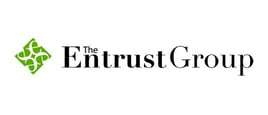
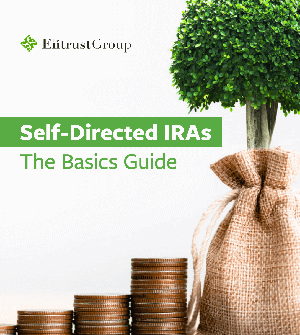






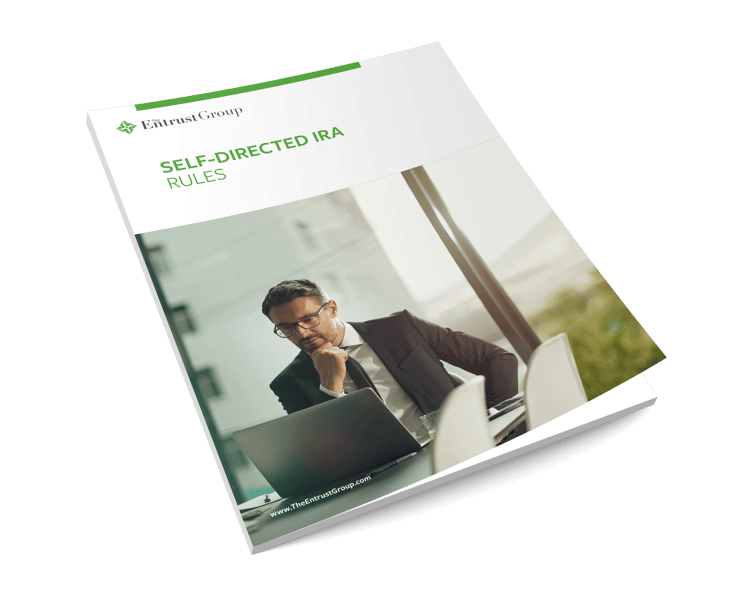
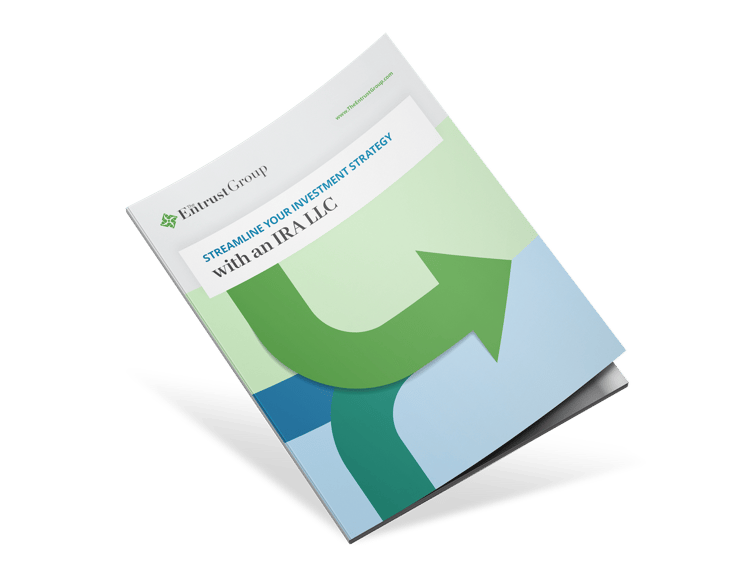

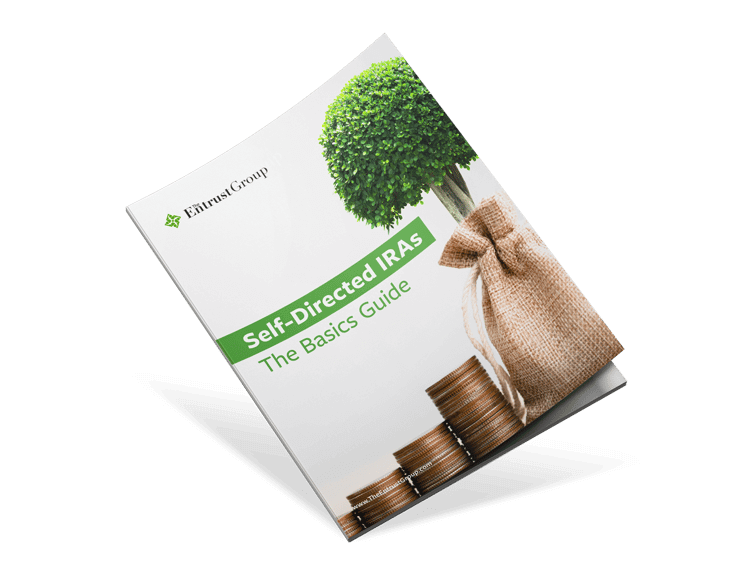


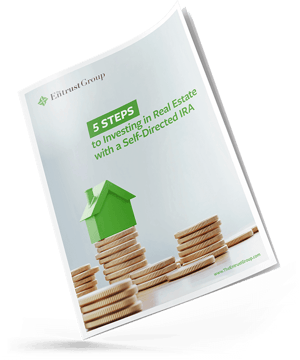


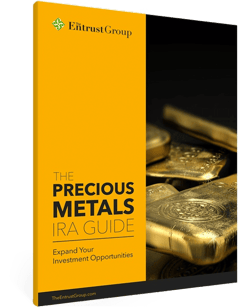

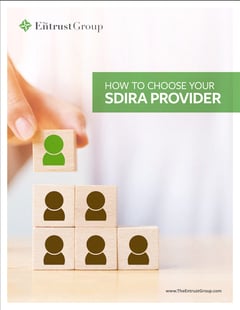
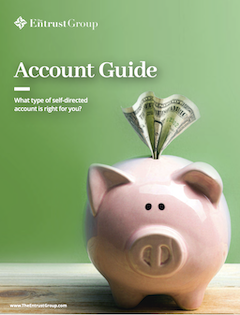
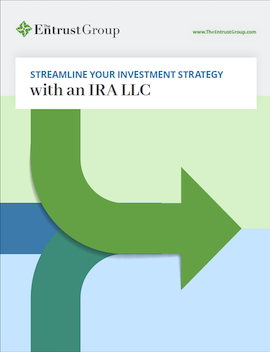
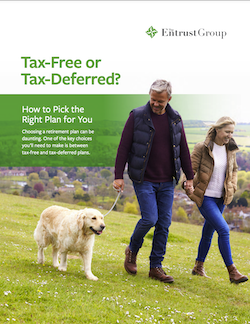
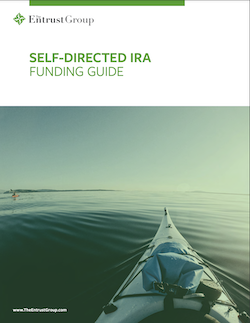
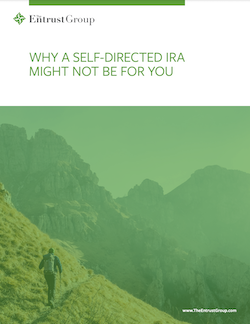
0 Comment